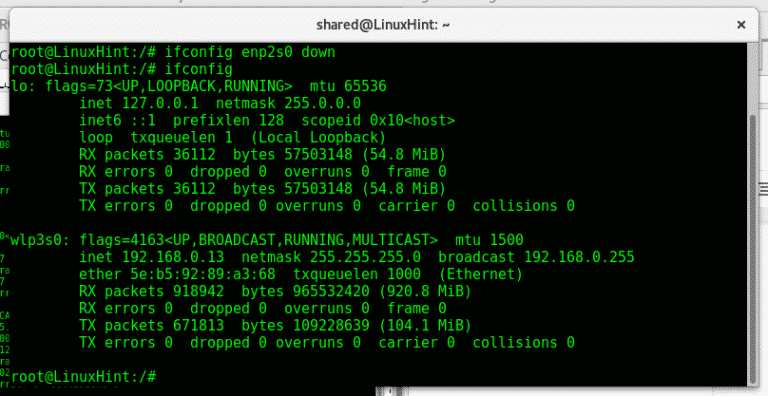

Link/ether 52:54:00:03:23:59 brd ff:ff:ff:ff:ff:ff When not to randomize your MAC address Link/ether 52:54:00:5f:d5:4e brd ff:ff:ff:ff:ff:ffģ: wlp1s0: mtu 1500 qdisc mq state UP mode DORMANT group default qlen 1000

$ ip linkġ: lo: mtu 65536 qdisc noqueue state UNKNOWN mode DEFAULT group default qlen 1000 To see your current MAC addresses, use ip link. See the NetworkManager blog post for a more detailed discussion and instructions for using nmcli to configure specific connections from the terminal. You probably want “random” for that airport WiFi.

With random you may be required to re-authenticate (or click “I agree”) on every connect. The stable setting is useful to get the same IP address from DHCP, or a captive portal might remember your login status based on the MAC address. To get a truly random MAC with every activation, use random instead. Set cloned-mac-address to stable to generate the same hashed MAC every time a NetworkManager connection activates, but use a different MAC with each connection. To apply randomized MAC-addresses by default to all WiFi connections, create the following file /etc/NetworkManager/conf.d/nf : Ĭonnection.stable-id=$Īfterward, restart NetworkManager: systemctl restart NetworkManager Since MAC-addresses are only used within a local network, a random MAC-address is unlikely to cause a collision. Since a fixed MAC address for your laptop is so legible (easily tracked), you should change it often. For instance, timed WiFi leases at the airport can only be enforced when you’re legible. But the bottom line is legibility gives the tracker power over the tracked. You can and should read more about legibility. Instead, it’s about legibility - in simple terms, the ability to be easily counted and tracked. But the concern is not about someone accessing the private contents of your laptop (that’s a separate issue). Why is this a problem? Many people use the word “privacy” to talk about this issue. Read more below about how to avoid this kind of tracking. But modern hotspots track you based on your MAC address, an address that is unique per network card, and in this way identifies your device. To stay connected you use the local wifi to access the internet, on the couch at home or in a little cafe with your favorite coffee. Today, users run their notebooks everywhere.


 0 kommentar(er)
0 kommentar(er)
